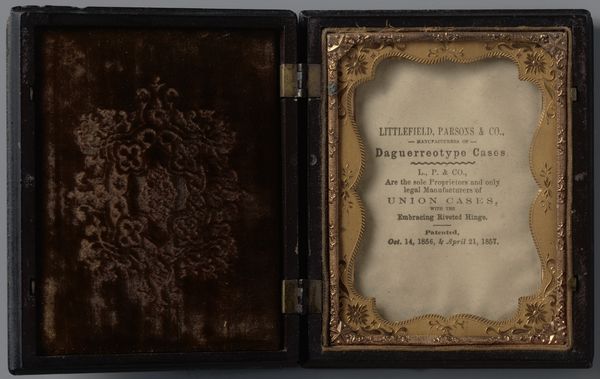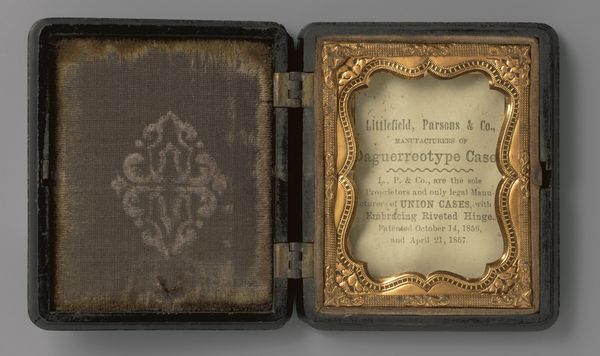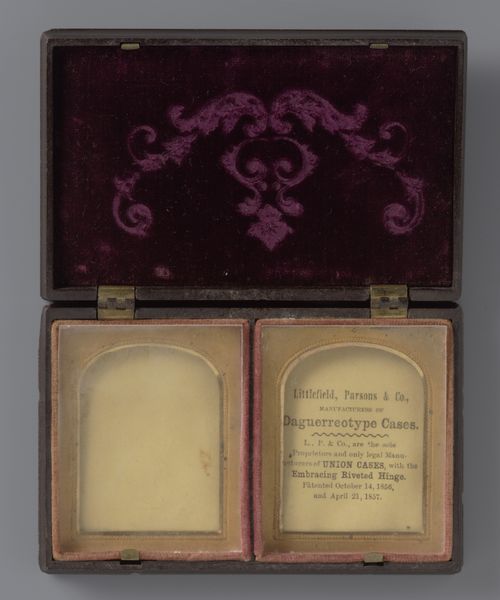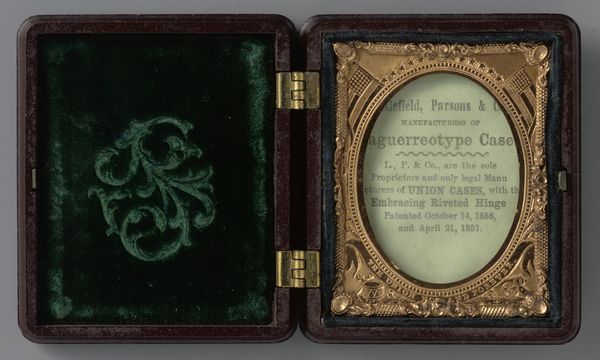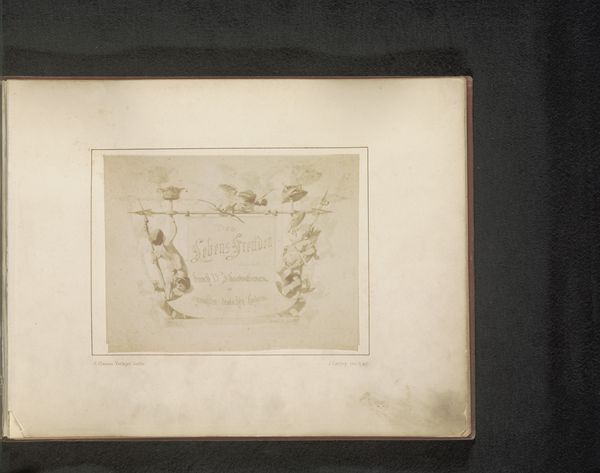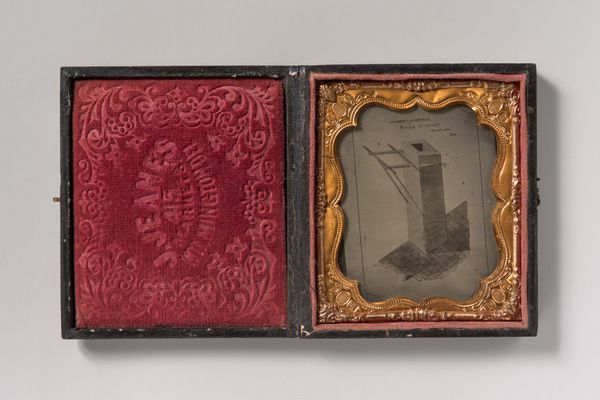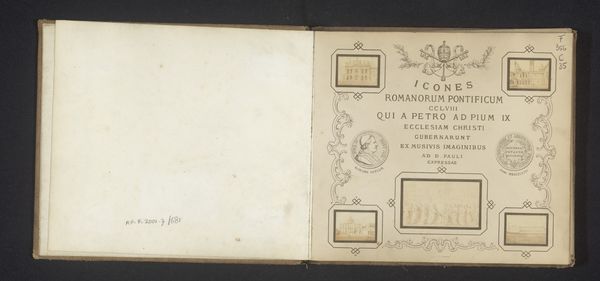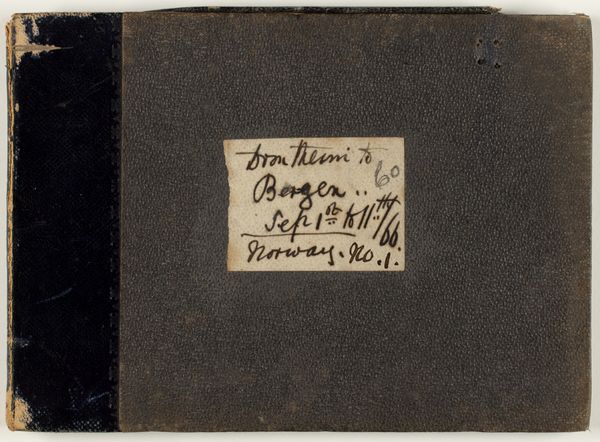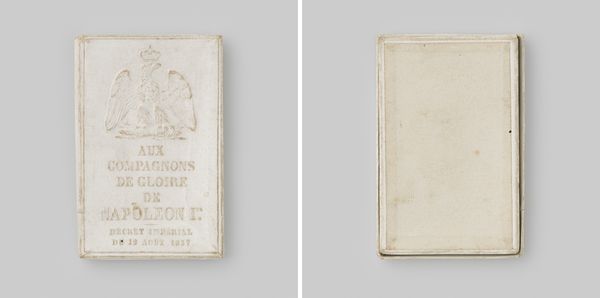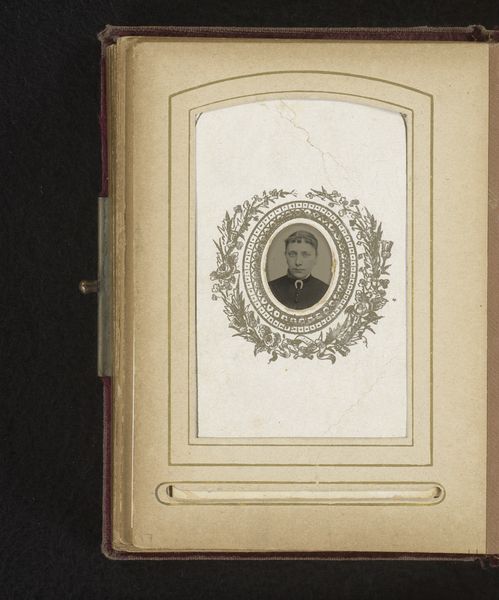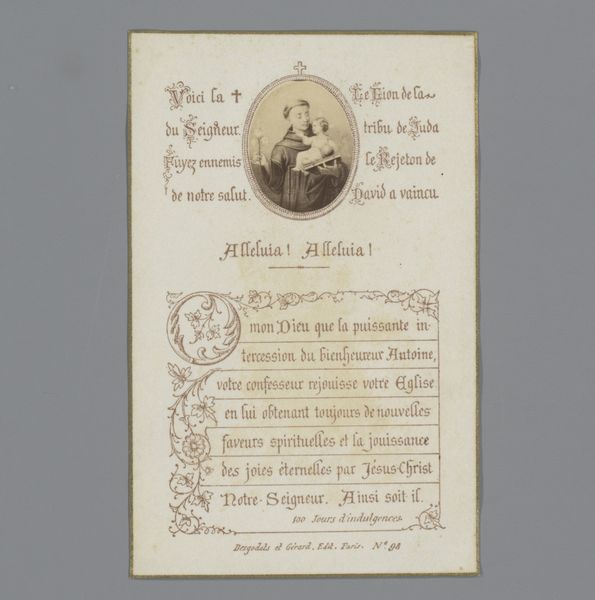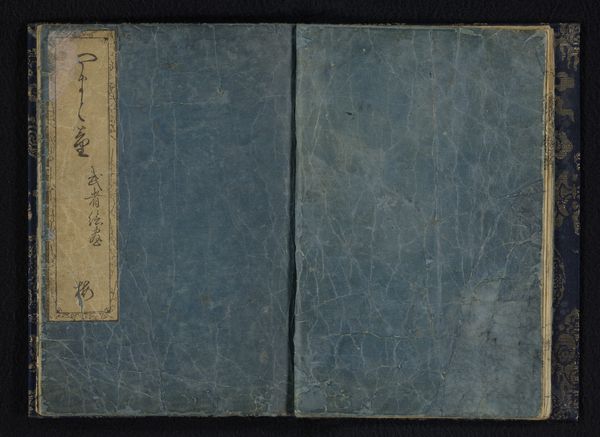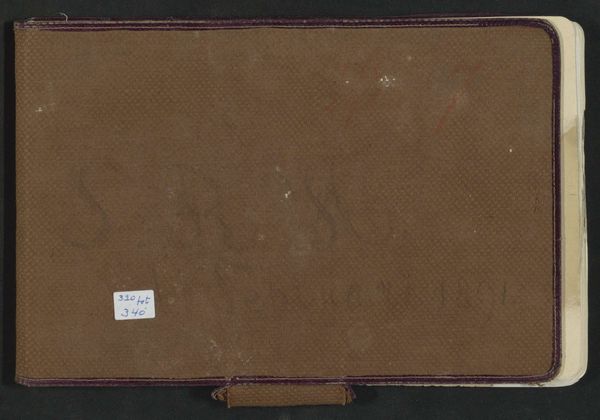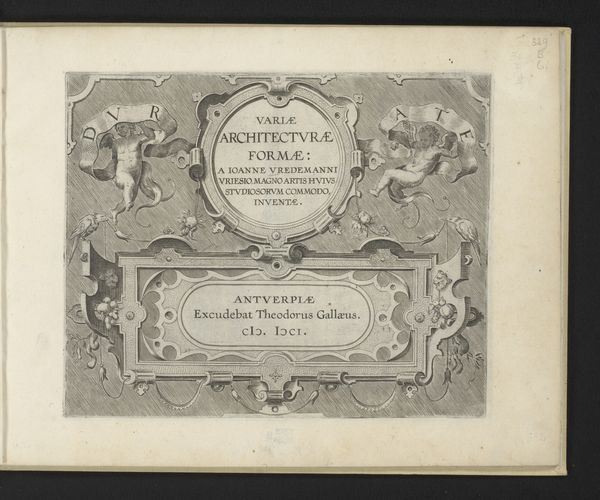
mixed-media, print, paper
#
portrait
#
mixed-media
#
16_19th-century
# print
#
paper
#
history-painting
#
decorative-art
#
paper medium
Dimensions: height 54 mm, width 48 mm, width 96 mm
Copyright: Rijks Museum: Open Domain
Curator: This unassuming little box, a "Lege union case" made around 1860 by Parsons & Co. Littlefield, is deceptively fascinating. Editor: Fascinating indeed. I'm struck immediately by the plush velvet interior—a deep, rich crimson that whispers of both luxury and secrecy. There’s an immediate contrast with the rather industrial, almost stern inscription visible on the opposing side. Curator: Precisely! The "Union Case," as the label indicates, refers to a specific type of early plastic, a composite material combining shellac, wood fiber, and pigments, molded under heat and pressure. These cases were particularly popular during the mid-19th century as affordable, durable containers for photographs, jewelry, and other small keepsakes. The materials used tell us something about early industry, accessibility of personal portraits to an emerging middle class, and of course a new understanding of personal use, packaging, and waste management. Editor: So, the case itself becomes a symbol of this rapidly industrializing era, embracing and containing personal histories. Looking at that label closer, though, my mind goes to “union,” but a political, social kind of union. The very phrase suggests themes of unification, perhaps tapping into the strong pro-Union sentiments of the time, right before the Civil War. Curator: Absolutely. It's hard not to consider the complex socio-political context. While seemingly a functional object, its very name connects to a broader narrative of national identity and unity during a period of intense division and societal unrest. Editor: And the inscription regarding the "embracing riveted hinge" isn't simply a dry technical description. The visual element of a tight mechanical bond offers more symbolism. Is it about engineering innovation, or is it more metaphorical, embodying strength through unified structure? This case isn't just an object, but almost a miniature propaganda device. Curator: I concur, and note that this design was patented just a few years prior. The "Union Case" isn't only carrying precious cargo and communicating a sentiment. Its producers were invested in progress. By purchasing a patented "Union Case," customers could publicly affiliate with forward thinking. Editor: The visual grammar embedded in this commonplace item resonates across history. It reminds me of how potent everyday objects can be in shaping and reflecting collective cultural consciousness, far beyond their surface functionality. Curator: Indeed, seeing this little union case for its historical resonance gives it new symbolic gravity. It reveals stories woven within even the simplest, seemingly mundane objects.
Comments
No comments
Be the first to comment and join the conversation on the ultimate creative platform.
